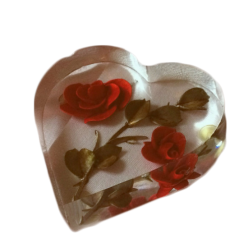I made use of instagram’s poll and question feature for my survey as I figured that it would get the most outreach. Furthermore, since my target audience are adults and young adults, my followers were suitable for the survey. Attached is a look at my instagram survey:








Instagram Survey

Example of responses
I curated my questions to target the awareness on the importance of social cohesion between neighbours and the results are as follows.
- Do you know any of neighbours?
90% YES 10% NO
2. Do you know their names/have their contact numbers?
49% YES 51% NO
3. Do you interact with them? If yes, when and how often?
Common answers:
- Only acknowledgements when they chance upon each other
- Once or twice per month
- At corridors/lift lobby
- Special events e.g; hari raya, chinese new year etc
4. What could be possible reasons neighbours do not communicate?
Common answers:
- Busy
- Arrogance and unfriendliness
- Lack of common topic
- Racial separation
- Shy/reserved
5. Do you think it is important in today’s context, that we know our neighbours?
90% YES 10% NO
6. Would you be open to getting to know your neighbours better?
92% YES 8% NO
7. What are some of the ways in which we can improve social cohesion between neighbours in Singapore?
Common answers:
- Gathering during festive seasons (eat together)
- Community gatherings/events
- Sharing food
- Smile more
Conclusion: From my survey, I have found that there are indeed many Singaporeans who are open to the idea of getting to know their neighbours but it has become too much of a norm for it to be awkward or weird to interact with neighbours beyond a smile or a hi. Thus, in my project, I aim to break that stigma and normalise interacting with neighbours in hopes for a stronger social cohesion between them.















